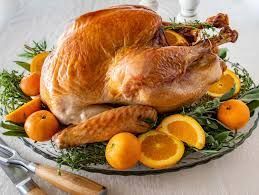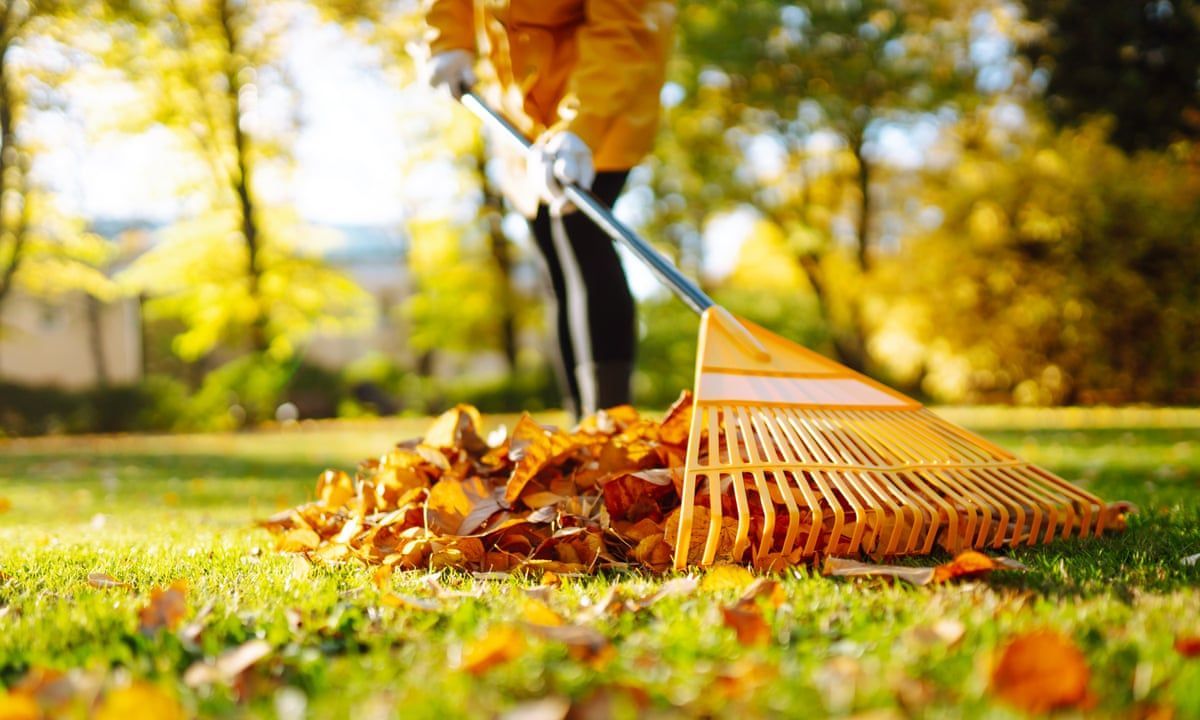The Importance of Mobility and How to Improve It

When it comes to staying active, preventing injuries, and even maintaining daily comfort, mobility is one of the most important factors to consider. While we often focus on strength or endurance, mobility is just as crucial to help us move freely, maintain proper posture, and reduce the risk of strain and injury. But what exactly is mobility, and how can we improve it?
What Is Mobility?
In simple terms, mobility refers to the ability to move a joint through its full range of motion. Unlike flexibility, which typically focuses on the lengthening of muscles, mobility is a more dynamic concept. It involves the muscles, joints, tendons, and ligaments working together to allow for smooth, controlled movements. Good mobility means you can move freely without stiffness or pain, and it’s essential for everything from lifting groceries to running a marathon.
Why Is Mobility Important?
The benefits of maintaining good mobility extend far beyond the gym. Here are a few reasons why mobility is crucial:
1. Improved Movement Efficiency
When your joints and muscles are mobile, your body can move more efficiently. This efficiency can improve your performance in everyday activities and athletic endeavors. Whether you’re reaching for a shelf, running, or lifting a weight, the more mobility you have, the better your body can perform those movements.
2. Injury Prevention
A lack of mobility can contribute to improper movement patterns. For example, tight hips or shoulders can force the body to compensate in other ways, leading to strain or injury. Regular mobility work helps keep muscles and joints functioning optimally, reducing the risk of overuse injuries, sprains, strains, or more serious joint issues.
3. Better Posture and Alignment
Many people suffer from poor posture, especially with all the time we spend sitting at desks or staring at screens. Poor posture often stems from tight or immobile muscles. For example, tight hip flexors can contribute to an anterior pelvic tilt, and stiff thoracic spine can lead to rounded shoulders. Working on mobility can help you stand taller, sit more comfortably, and avoid muscle imbalances that affect your posture.
4. Decreased Pain
Restricted movement often leads to discomfort. Whether it’s a stiff neck, aching lower back, or tight shoulders, mobility exercises can help relieve pain. When you improve your joint range of motion and muscle elasticity, you're more likely to experience fewer aches and pains, allowing for a higher quality of life.
5. Better Mental Well-being
Not only does mobility improve your physical health, but it can also positively affect your mental well-being. When you feel more mobile and less restricted, you’re able to enjoy activities more fully, whether it's a walk in the park or a workout session. Mobility work can also reduce stress, providing you with a sense of relaxation and accomplishment after a stretch or release session.
How to Improve Mobility
Improving mobility involves regular practice of stretching, strengthening, and even relaxing techniques. Here’s how you can work on your mobility:
1. Dynamic Stretching
Dynamic stretches are movements that help warm up the body and increase joint mobility. They involve movement through a range of motion, rather than holding a stretch. Examples include leg swings, arm circles, and hip rotations. These exercises activate the muscles and joints, preparing them for more intense movement and helping to improve flexibility and range of motion.
2. Foam Rolling
Foam rolling is a form of self-myofascial release (SMR), a technique that helps break down tight muscle tissue and fascia. Rolling out muscles like your calves, quads, hamstrings, and back can help reduce tension, improve circulation, and increase the flexibility of your muscles and joints. It’s an excellent way to improve mobility by targeting the areas of your body that may be tight and restricted.
3. Yoga
Yoga is a fantastic way to improve mobility, as it focuses on stretching, breathing, and controlled movement. Many yoga poses, such as downward dog, cat-cow, and lunges, can help enhance your joint flexibility and overall mobility. Plus, yoga can help release tension in your muscles, allowing for better posture and movement patterns.
4. Strengthening Exercises
Strengthening the muscles that support your joints is just as important as stretching them. When your muscles are strong and stable, they help keep your joints in proper alignment, which improves your overall range of motion. Incorporating exercises like squats, lunges, planks, and deadlifts can help build the strength needed to maintain good mobility.
5. Joint Mobilization Techniques
Joint mobilization is a hands-on technique used by physical therapists and chiropractors to help improve joint movement. Chiropractors, for example, use adjustments to target stiff joints and restore mobility. If you’re experiencing limited range of motion in your spine, shoulders, or hips, seeking out our chiropractors to help you regain that mobility.
6. Focus on Mobility in Your Warm-ups
Many people overlook the importance of warming up before exercising. A proper warm-up can help activate your muscles, increase blood flow to your joints, and prepare your body for the demands of your workout. A good warm-up should include mobility exercises that target the areas you plan to use in your workout, whether that’s your hips, shoulders, or ankles.
7. Take Breaks from Sitting
Sitting for prolonged periods can severely limit mobility, particularly in the hips and lower back. To combat this, make it a habit to stand up, stretch, and walk around every 30 minutes or so. Small breaks throughout the day can help keep your joints from stiffening up and improve your overall mobility.
Join Dr. Sarah Novotny for a Master of Mobility Class!
If you're looking to improve your mobility in a fun and interactive way, we have just the event for you! Dr. Sarah Novotny will be hosting a Master of Mobility class at our Hamburg location on Saturday, May 31st from 7:30 am to 8:15 am. This free event will provide you with hands-on techniques and exercises to improve your range of motion, flexibility, and overall movement.
Important details:
- Date & Time: Saturday, May 31st from 7:30 am to 8:15 am
- Location: Peak Performance in Hamburg
- Cost: Free (but registration is required)
- What to bring: A yoga mat and water
- Weather: The class will be held outdoors, weather permitting
This is a great opportunity to learn valuable mobility exercises directly from Dr. Novotny. To reserve your spot, please call our office to register. Don’t miss out on this fantastic event to enhance your mobility and feel your best!
Final Thoughts
Whether you're an athlete, a weekend warrior, or just someone looking to move more comfortably in your daily life, mobility is a crucial factor in staying active and injury-free. By incorporating mobility exercises, stretching, strengthening, and joint mobilization into your routine, you can keep your body in motion and feel better every day. Remember, your mobility is in your hands — or rather, your joints!
Make sure to mark your calendar for Dr. Novotny’s Master of Mobility class, and take the first step towards improving your movement today!
Bethany Wolcott
D’Youville Chiropractic ‘26












